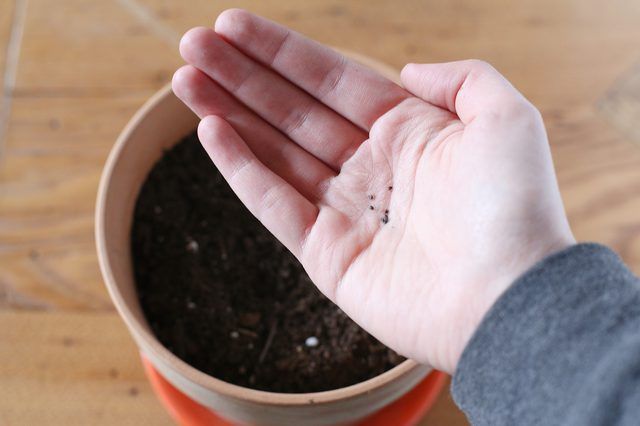Bulbs
Flower Basics
Flower Beds & Specialty Gardens
Flower Garden
Garden Furniture
Garden Gnomes
Garden Seeds
Garden Sheds
Garden Statues
Garden Tools & Supplies
Gardening Basics
Green & Organic
Groundcovers & Vines
Growing Annuals
Growing Basil
Growing Beans
Growing Berries
Growing Blueberries
Growing Cactus
Growing Corn
Growing Cotton
Growing Edibles
Growing Flowers
Growing Garlic
Growing Grapes
Growing Grass
Growing Herbs
Growing Jasmine
Growing Mint
Growing Mushrooms
Orchids
Growing Peanuts
Growing Perennials
Growing Plants
Growing Rosemary
Growing Roses
Growing Strawberries
Growing Sunflowers
Growing Thyme
Growing Tomatoes
Growing Tulips
Growing Vegetables
Herb Basics
Herb Garden
Indoor Growing
Landscaping Basics
Landscaping Patios
Landscaping Plants
Landscaping Shrubs
Landscaping Trees
Landscaping Walks & Pathways
Lawn Basics
Lawn Maintenance
Lawn Mowers
Lawn Ornaments
Lawn Planting
Lawn Tools
Outdoor Growing
Overall Landscape Planning
Pests, Weeds & Problems
Plant Basics
Rock Garden
Rose Garden
Shrubs
Soil
Specialty Gardens
Trees
Vegetable Garden
Yard Maintenance
How to Grow Moss Rose (Portulaca grandiflora)
How to Grow Moss Rose (Portulaca grandiflora). With its roselike blooms, trailing habit and tolerance of less-than-ideal conditions, moss rose (Portulaca grandiflora) is a versatile and attractive annual that can brighten a hot, arid corner of the garden where few other plants will survive. Moss rose requires minimal care, though a little...
With its roselike blooms, trailing habit and tolerance of less-than-ideal conditions, moss rose (Portulaca grandiflora) is a versatile and attractive annual that can brighten a hot, arid corner of the garden where few other plants will survive. Moss rose requires minimal care, though a little maintenance goes a long way to helping the plant form healthy flowers.
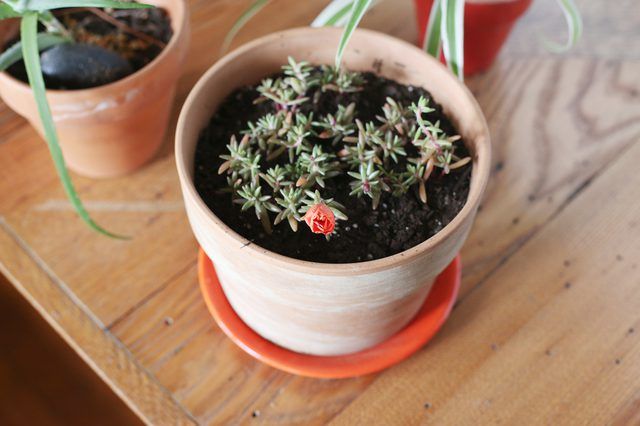
A native of South America, moss rose is a sun-loving plant that requires full, all-day sun to flower. A dry, south-facing slope is best, although moss rose also works well when planted in the cracks of a rock wall or hanging basket. If you're planting it in a container, use one with a hole in the bottom for drainage. When planting multiple moss roses, allow 12 inches of space between plants. The plant's trailing habit lends itself well as a ground cover, though you can't walk on it.
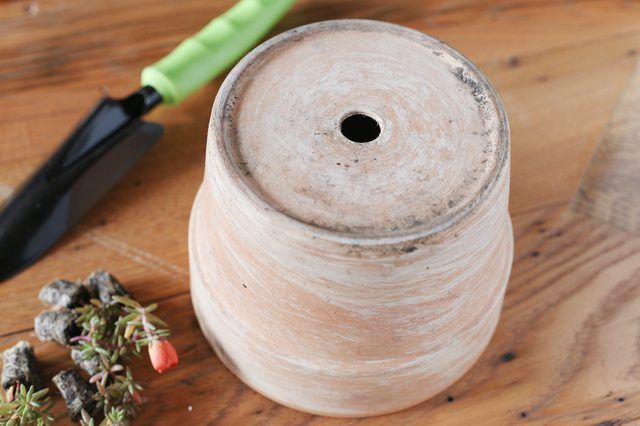
Plant moss rose in a well-draining soil, such as a sandy or gravelly soil. If grown in wet, poorly draining soils, moss rose may succumb to diseases such as stem or root rot. Moss rose will grow in poor, infertile soils as well as rich soils. Though moss rose is notably drought-tolerant, regular watering during dry periods encourages flowering. Avoid overhead watering, which can harm the delicate blooms.
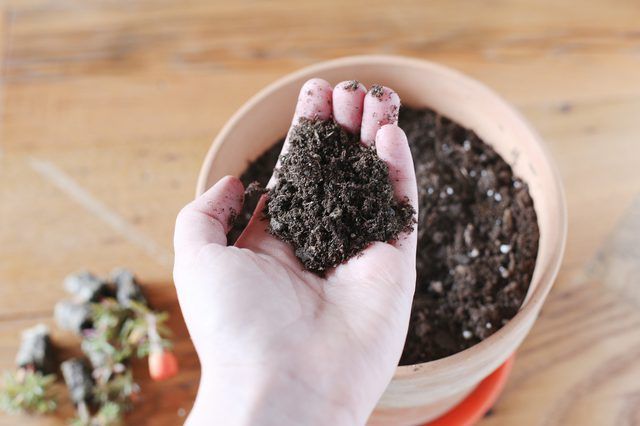
Check the moss rose's leaves and flower buds occasionally for aphids, small sap-sucking insects that cause feeding damage and can distort new growth. If you find them, dislodge the pests with a strong, direct stream of water from the garden hose. Pinch off spent flowers to extend the flowering period. If the plant begins to look leggy or sparse in the middle of the growing season, prune straggly growth to encourage a bushier habit. When trimming, use shears that have been wiped with a cloth soaked in rubbing alcohol. This helps prevent the spread of disease.
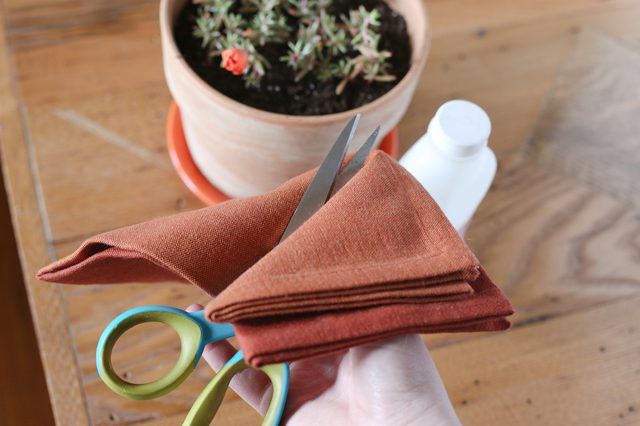
Moss rose can be propagated by seeds, sown directly in the garden once spring frosts have passed, or started indoors four to eight weeks earlier. Sprinkle seeds with a fine layer of soil or sand so they are only slightly covered. Mixing the tiny seeds with sand will make them easier to sow in the garden. Germination generally takes 10 to 14 days. Thin seedlings to provide young plants with at least 3 inches of space.
